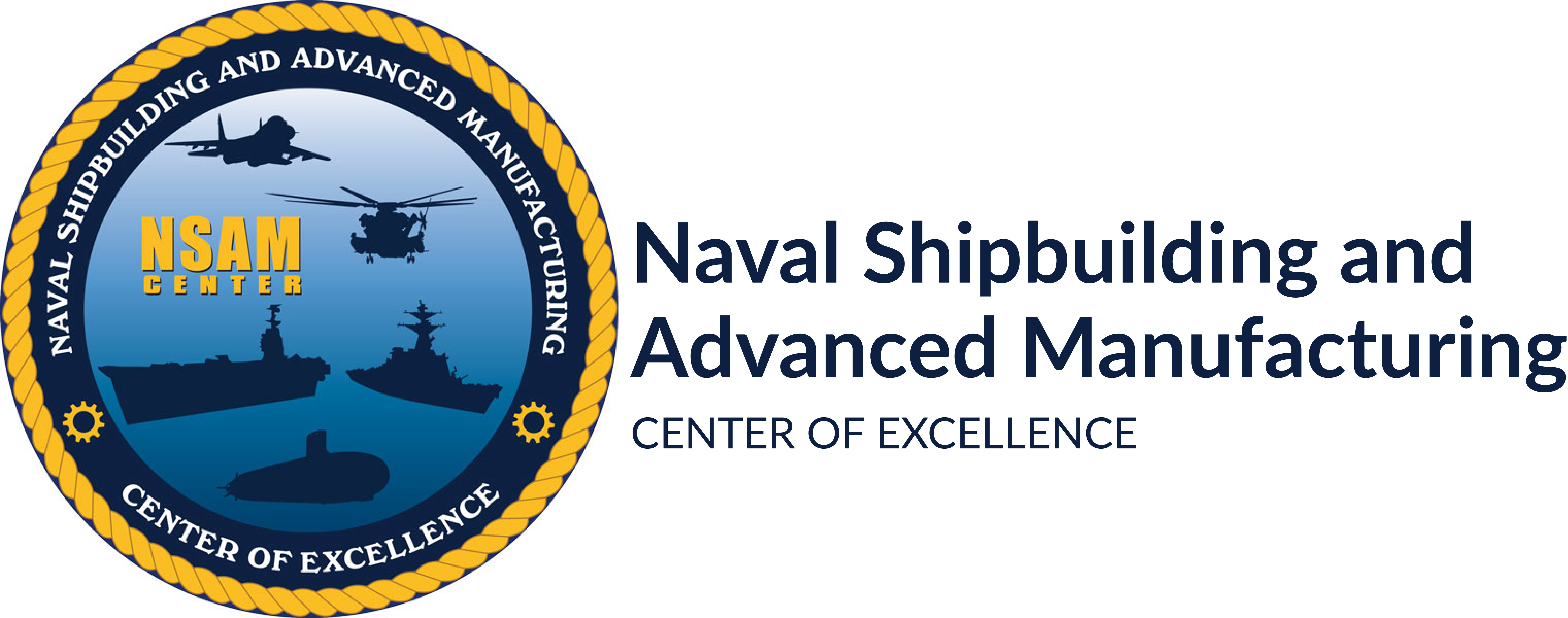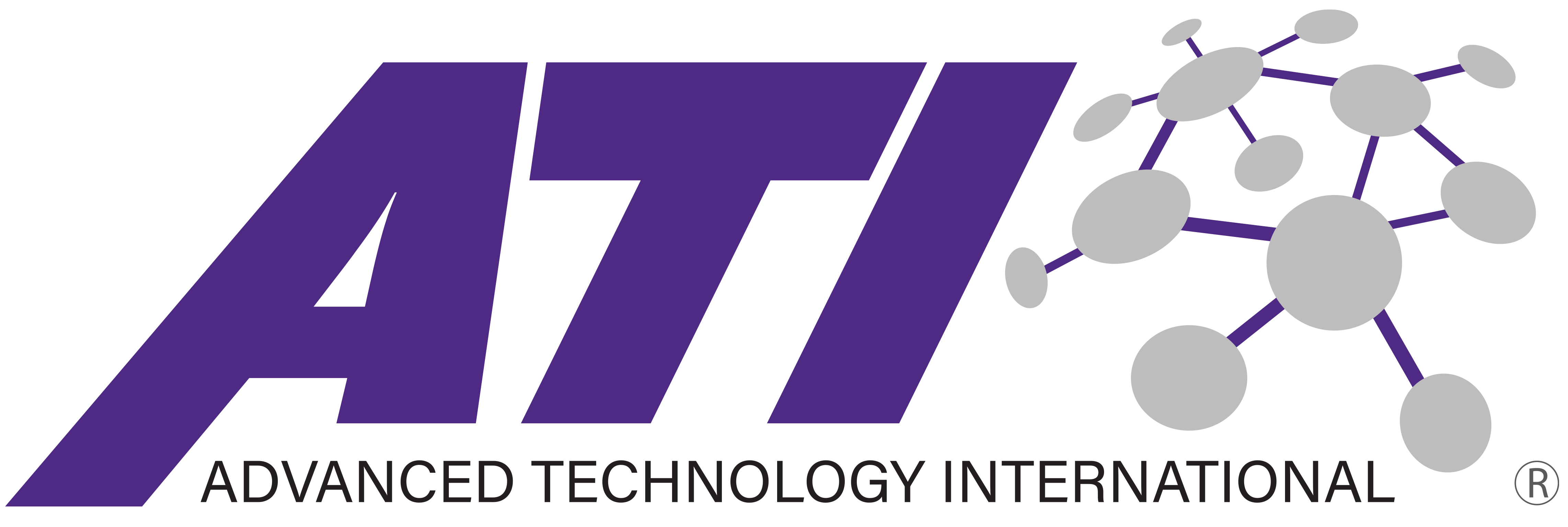Project Participants: Penn State Applied Research Laboratory
Project Start: November 2004
The objectives of this project are to design and build and demonstrate a hybrid laser/gas metal arc (GMA) pipe welding system and demonstrate it in the laboratory and the shipyard. This system is attractive because it generates significant cost savings by eliminating the multiple weld passes required when using beveled joints and more traditional welding processes (e.g., flux-core, gas metal arc or gas tungsten arc welding).
With appropriate joint configuration and preparation, deep keyhole penetration provided by the laser and additional filler metal and heat input provided by the GMA torch will permit single pass, butt-welding of pipes. This decreases weld processing time and reduces the number of weld defects caused by repeated starts and stops. The system integrates off-the-shelf technology, including a laser seam tracking sensor, torch head manipulation and adjustment of weld schedule in response to gap fluctuations and post-weld inspection. Travel velocity is closely controlled using a clamping and pipe manipulation/rotation system.
Phase I of the three phase project included design of a complete hybrid laser/GMA pipe welding system, including edge preparation and fixturing. Phase II involved procuring, assembling, testing and demonstrating the system at Penn State ARL using a 7 kW Ytterbium Fiber Laser Systems leased from IPG Photonics. Phase III is a shipyard evaluation of the system with actual NASSCO pipe welding personnel.
A key aspect of the project is weld procedure qualification. In parallel with the three phases described above, ARL and NASSCO will work with appropriate weld qualification bodies (i.e., the American Bureau of Shipping (ABS) and the Naval Sea Systems Command) to obtain approval of the weld procedures developed. The qualification process includes a qualified test plan, including the necessary metallography and mechanical testing requirements.
Successful implementation will serve as a stepping stone toward eventual development of hybrid laser/GMA orbital pipe welding systems, further broadening the applicability, usefulness and cost savings of hybrid laser/GMA pipe welding systems. As of April 2007, the shipyard evaluation phase is proceeding with excellent results. ABS approval has been achieved for one weld procedure and additional approvals are expected in the near future.
Project Related Reports & Documents
Report presented at the International Congress on Lasers and ElectroOptics Conference (ICALEO 2007)
Summary report of various investigations into the potential advantages of hybrid laser-GMA welding, including the use of hybrid welding for reducing distortion of this steel butt welds and to improve the production rate during the process for joining pipe
The National Shipbuilding Research Program (NSRP) Technical Panel SP-7 on Welding Technology conducted its winter meeting in Fort Collins, Colorado, March 27-28. Michael J. Sullivan, Chief Welding Engineer, presented the Hybrid Pipe Welding System at NASSCO
The American Society for Metals (ASM International) sponsored the 7th International Trends in Welding Research Conference May 16-20, 2005 at Pine Mountain, GA. At this conference, the Primary Investigator for CNST’s Laser-Gas Metal Arc (GMA) hybrid welding project presented a paper entitled “Laser-GMA Hybrid Welding: Process Monitoring and Thermal Modeling”
Joining Pipe with the Hybrid Laser-GMAW Process – Welding Journal
New Hybrid Laser/Gas Metal Arc Pipe Welding System Installed at General Dynamics NASSCO




